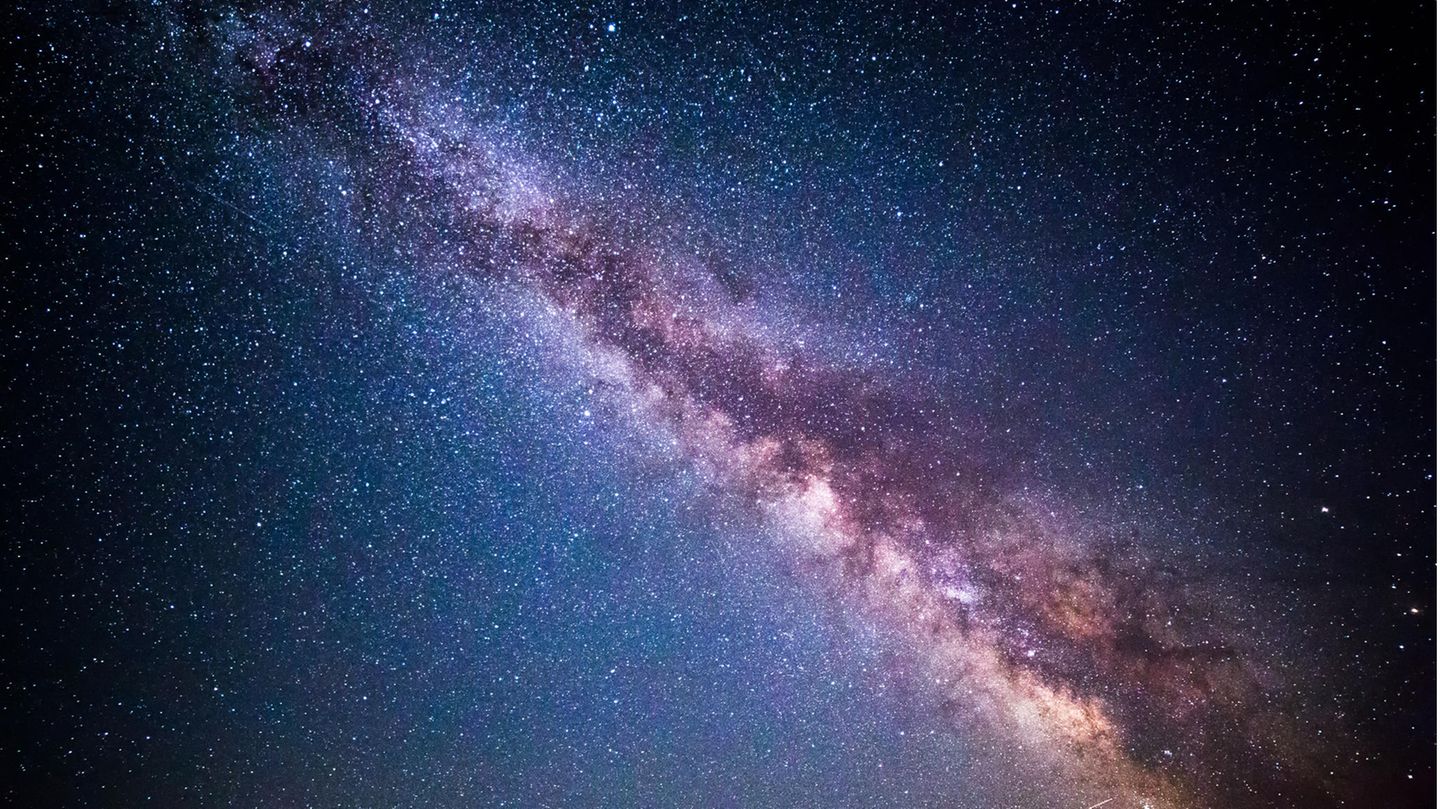Researchers have discovered the possibility of hidden ice masses on Mars.
According to new data, there could be huge ice blocks hidden on Mars. The European Space Agency (ESA) said on Thursday that there are likely layers of dust and ice in the Medusa Fossey formation covered by a layer of dust and ash hundreds of meters thick.
If it melts, the ice mass could fill the entire Red Sea, or cover Mars with a layer of water 1.5 to 2.7 meters deep.
The Medusae Fossil Formation (MFF) consists of several wind-sculpted trains located at the transition between the high and low Martian plains near the Martian equator. This formation may be the largest single source of dust on the Red Planet, as well as one of its most widespread deposits.
The deposit is partly 3.7 km thick
During the initial examination of the formation in 2007, researchers discovered massive deposits up to 2.5 kilometers deep. While some data suggests the presence of ice, scientists have been unable to rule out that it is simply deposits of dust, volcanic ash or sediment.
When the area was re-examined with the help of newer radar images from the European Space Agency's Mars Express probe, scientists found that the thickness of the sediment was in some cases up to 3.7 kilometers thick. On the other hand, the recordings were less dense than would be expected with dust.
“Given the depth, if the MFF was just a giant pile of dust, we would expect it to compress under its own weight,” said Andrea Cicchetti of the National Institute of Astrophysics in Italy. Even when modeling with ice-free materials, formation properties are not revealed. “We need ice,” Cicchetti said.
Future Mars missions were affected
While Mars appears to be a fairly dry planet today, its surface shows plenty of evidence that water was once abundant, according to the European Space Agency. Huge ice deposits near the equator, such as those suspected of forming, must have originated in a previous climatic era. It was said that this would not be possible in the current climate of the planet.
The hidden ice could be important for future Mars missions: according to the European Space Agency, they need water and have to land near the equator, far from the planet's icy polar ice caps or glaciers. “Unfortunately, the MYF deposits are covered in hundreds of meters of dust, making them inaccessible for at least the next few decades,” said Colin Wilson of the European Space Agency. But each piece of ice helps provide a better picture of where water flowed on Mars and where it can be found today.

“Prone to fits of apathy. Zombie ninja. Entrepreneur. Organizer. Evil travel aficionado. Coffee practitioner. Beer lover.”







More Stories
Windows 11: Full-screen advertising wants to force the Edge browser
Resident Evil 9: Release may have been delayed internally, insiders say
Roberts Radio: New DAB+/Internet radio combination Stream 67L